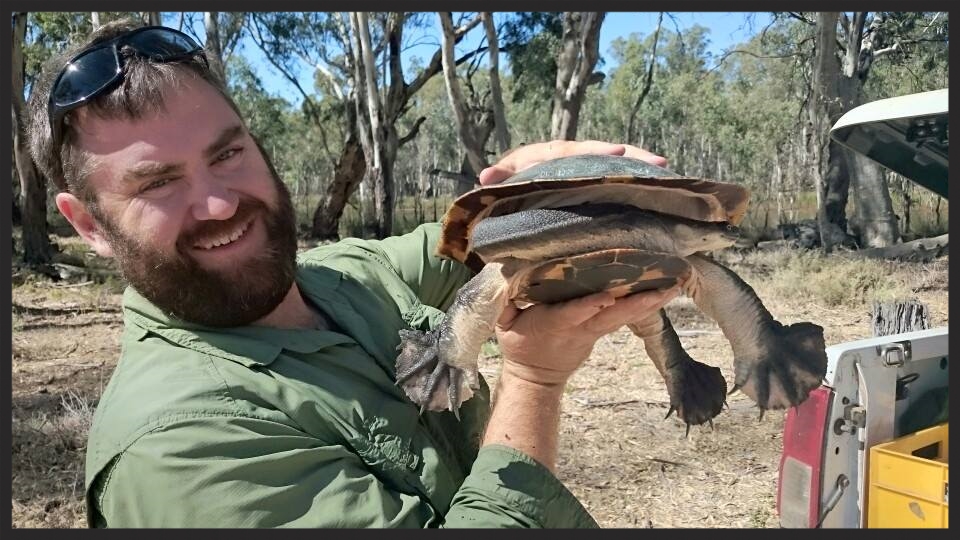E&E Seminar: Blunting a thousand cuts: integrated approaches to save Australian freshwater turtles
Australian freshwater turtles, like most turtles, have declined substantially for at least 50 years, and their loss has major consequences for aquatic ecosystem functioning.
Speakers
Event series
Content navigation
Description

Australian freshwater turtles, like most turtles, have declined substantially for at least 50 years, and their loss has major consequences for aquatic ecosystem functioning. Although rarely studied before the 1950s, turtles were anecdotally extremely abundant in most freshwater systems, with relative biomasses estimated to reach that of herbivores on the Serengeti. They likely played major roles as scavengers and top predators, particularly in temporary wetlands. One of the leading hypotheses of Australian turtle declines in the Murray-Darling Basin has been lost recruitment caused by high nest predation by invasive foxes. The fox hypothesis has been supported by both observations and experiments showing that nest predation rates exceed 95% in many regions, and with comparisons to other Australian systems where foxes are not present. Furthermore, intermittent population surveys have repeatedly found absences of juvenile turtles, and headstarting experiments have successfully replaced those juveniles. We are currently leading a nationwide citizen science program, 1 Million Turtles (1millionturtles.com), to engage local communities to protect turtle nests from foxes, using a variety of novel approaches. Despite these efforts, we recently caught relatively large numbers of juvenile turtles at sites we study regularly that have not, to our knowledge, experienced nest protection. These observations coincide with three consecutive La Nina events, culminating in one of southeastern Australia’s largest floods in the spring of 2022-23. Likewise, a comparison of turtle demographics in Australia and North America suggests that juveniles are difficult to detect, even in populations that have consistently high recruitment. These observations raise the possibility that low juvenile abundance may be an artifact, or if real, might be driven by disruptions to freshwater ecosystems in concert with fox impacts. If true, then rescuing turtle nests may simply provide cannon fodder for declines via starvation or loss of key habitat. My talk will present evidence for the drivers of turtle declines, and will then discuss how managing foxes alone might not be the panacea that we and our partners are hoping for.
Location
Please note: this seminar will be held in the Eucalyptus Rm and via Zoom, details are included below.
Eucalyptus Room, Rm S205, Level 2, RN Robertson Building (46)
Please click the link below to join the webinar:
https://anu.zoom.us/j/83006966828?pwd=Q2Z4TnJDT3hwOVRPbCs0aTdzMlFGQT09
Passcode: 169520
Canberra time: please check your local time & date if you are watching from elsewhere.
